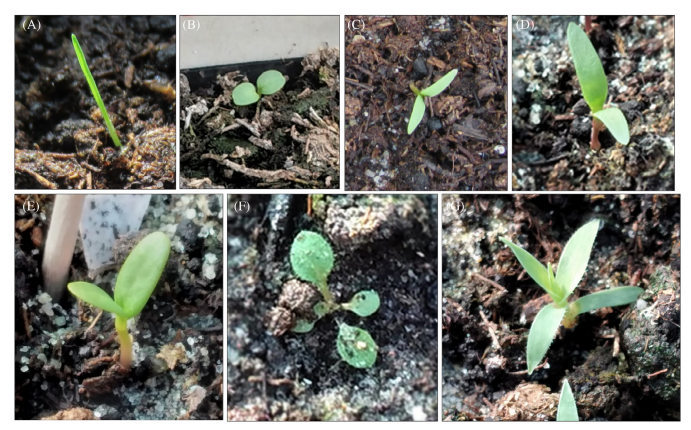- Szerzők: Csákvári Edina, Sáradi Nóra, Berki Boglárka, Csecserits Anikó, Csonka Anna Cseperke, Bruna Paolinelli Reis, Török Katalin, Valkó Orsolya, Vörös Márton, Halassy Melinda
- Megjelenés: 2023.03.15. RESTORATION ECOLOGY 31 : 5 Paper: e13901 (2023)
- URL: https://onlinelibrary.wiley.com/doi/full/10.1111/rec.13901
- DOI: https://doi.org/10.1111/rec.13901
- MTMT azonosító: 33713046
Absztrakt: Invasion of alien species is one of the main drivers of land degradation threatening both natural and managed ecosystems. Ecological restoration is crucial in controlling invasion to improve biotic resistance and avoid further land degradation. We investigated the possibility of controlling the establishment of invasive alien species (IAS) by native seed addition. We tested if trait similarity or increased propagule pressure of native species results in the suppression of IAS at the early stage of development. We set up a sowing experiment with three widespread IAS in Hungary of different life forms and functional groups (Asclepias syriaca, Conyza canadensis, Tragus racemosus) and four Pannonic sand grassland species (Festuca vaginata, Galium verum, Gypsophila paniculata, Saponaria officinalis). We found no significant differences in germination ability and seedling emergence between native species and IAS, despite the differences in thousand-seed weight. Using univariate general linear models, we found that the seedling establishment of IAS can be reduced by adding native species at high densities but also depending on the species identity. Instead of species of similar traits, the seeding of a competitor perennial grass of sand grasslands (F. vaginata) reduced the seedling emergence of all studied IAS the most. Our results confirm that IAS can be effectively controlled by native seed addition in the early establishment stage, especially applying higher densities and competitive species. We conclude that invasion-resistant restoration can be achieved by the combination of several factors, including high-density sowing of native species that match IAS in the early stage of development.



